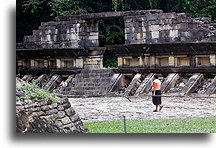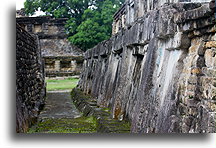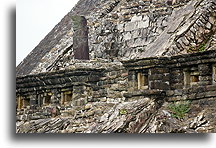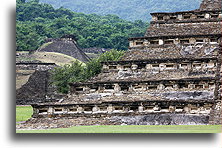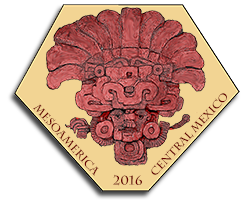The City of Thunder God
November 15
It rained a lot on the coast. We were on Costa Emeralda on the Gulf of Mexico. This region was far from being a nice place, just muddy puddles on the beach and deserted ugly budget resorts. There was absolutely nothing worth recommending at this time of the year. We tried to camp, but it was hard to find a decent place. Finally, we decided to spend a night at the motel Torre Molino. It looked that we were the only guests there.
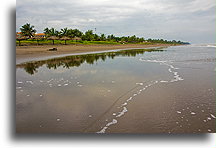
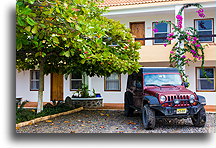
The only reason for us to spend the night on Costa Emeralda was its proximity to El Tajin. Immediately after breakfast, we went to see one of the largest and most important cities in Mesoamerica.

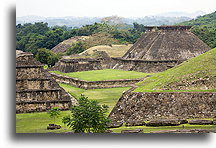
Tajin is the name of Thunder God, and this city bears his name. The Tajin society flourished for over 600 year, until AD 1200. The strategic location on the route between the Gulf of Mexico and the central region helped to control the flow of goods. The prosperity of this city was based on commerce and agriculture. Religion was based on the movements of planets, the Sun and Moon. This led to the construction of many pyramids with temples. Sacrifices played an important role in El Tajin, which is reflected in many stone ballcourts. There is more ballcourts here than anywhere else in Mesoamerica.
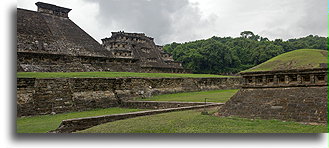
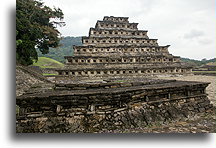
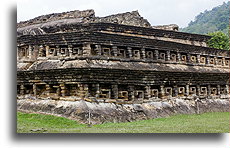
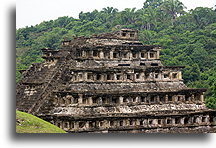
Mesoamerican pyramids have many common architectural elements, but the El Tajin style is unique among them. In addition to traditional talud-tablero elements, many structures here contain additional decorative niches. The most famous example is the seven stories high Pyramid of the Niches. The deep niches originally painted inside in black color symbolize passageways to the underworld.
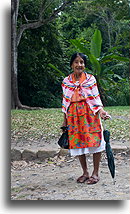
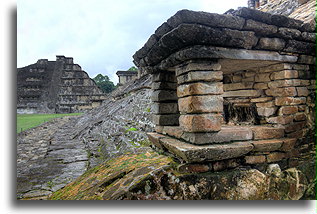
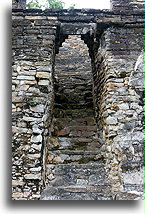
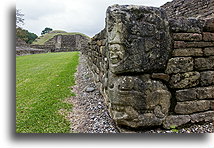
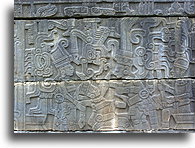
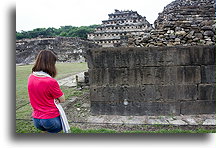
Mesoamerican ballgame was an important cultural element in the pre-Columbian societies. It was not a simple sport event. In Mesoamerica, ballgame had a ritual significance. In El Tajin, the ballcourts surrounded by pyramids were holy places. The game was played for the gods and the player who scored the winning point was beheaded. The sacrifice of life was to release the positive energy returned to the gods. That ritual highlights the fundamental differences between Mesoamerica and the European culture. For Europeans it is difficult to understand why the winner, not the looser was sacrificed. This should be a punishment not an award. In pre-Columbian culture, the shedding of blood had an opposite meaning to ours. Players were not slaves or captured enemies. They learned the nuances of the game and mastered their moves usually for a long time. The only goal they had was to score the winning point one day. They knew perfectly well what fate awaits the winner, but they still wanted to win. For them to be behead was an honor and reward. It was a way to achieve a direct contact with the gods.
